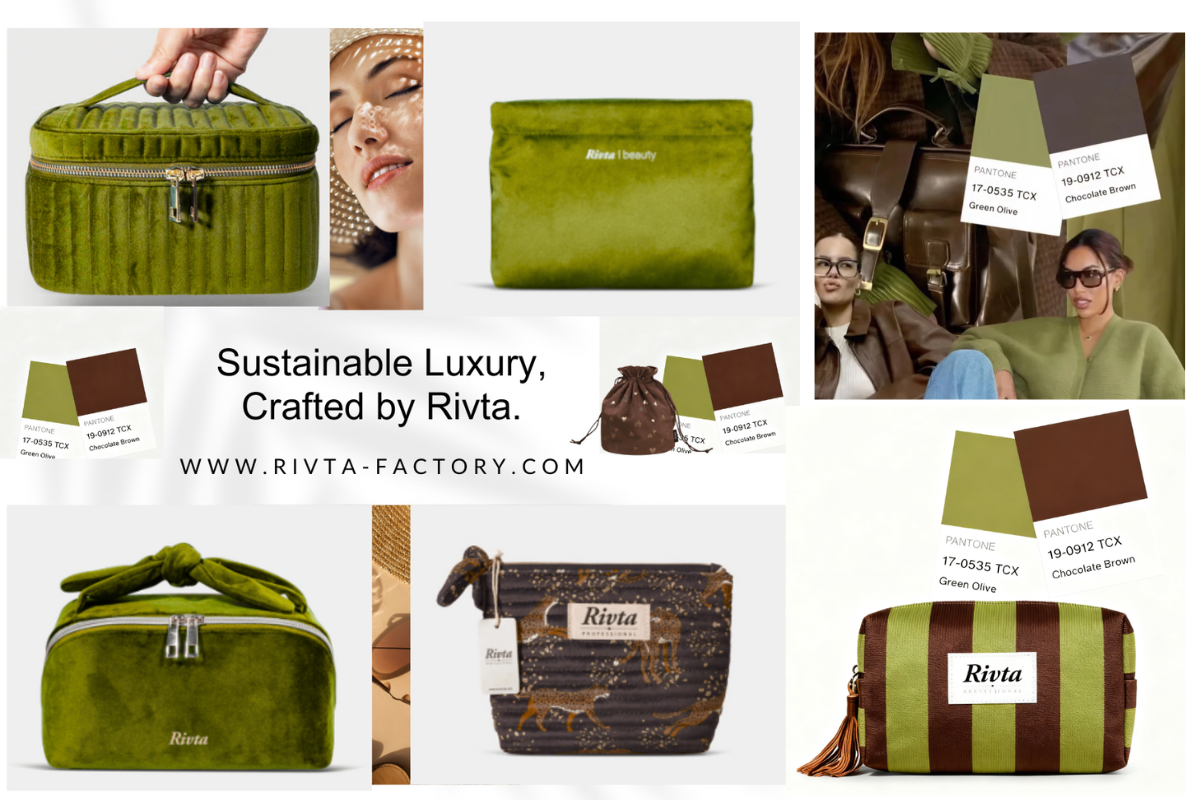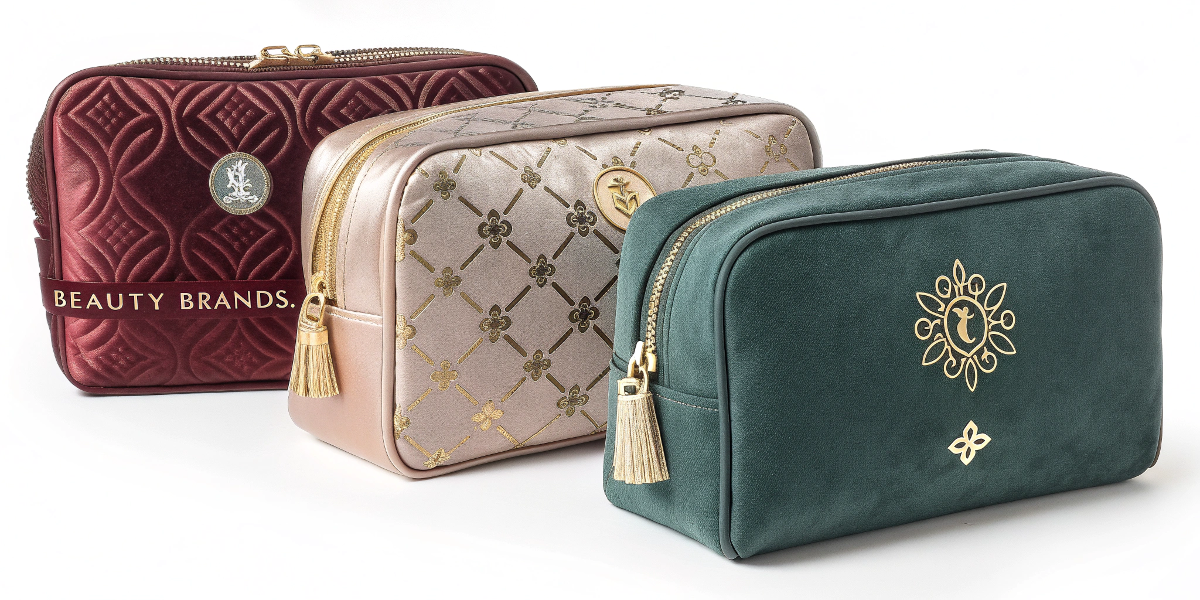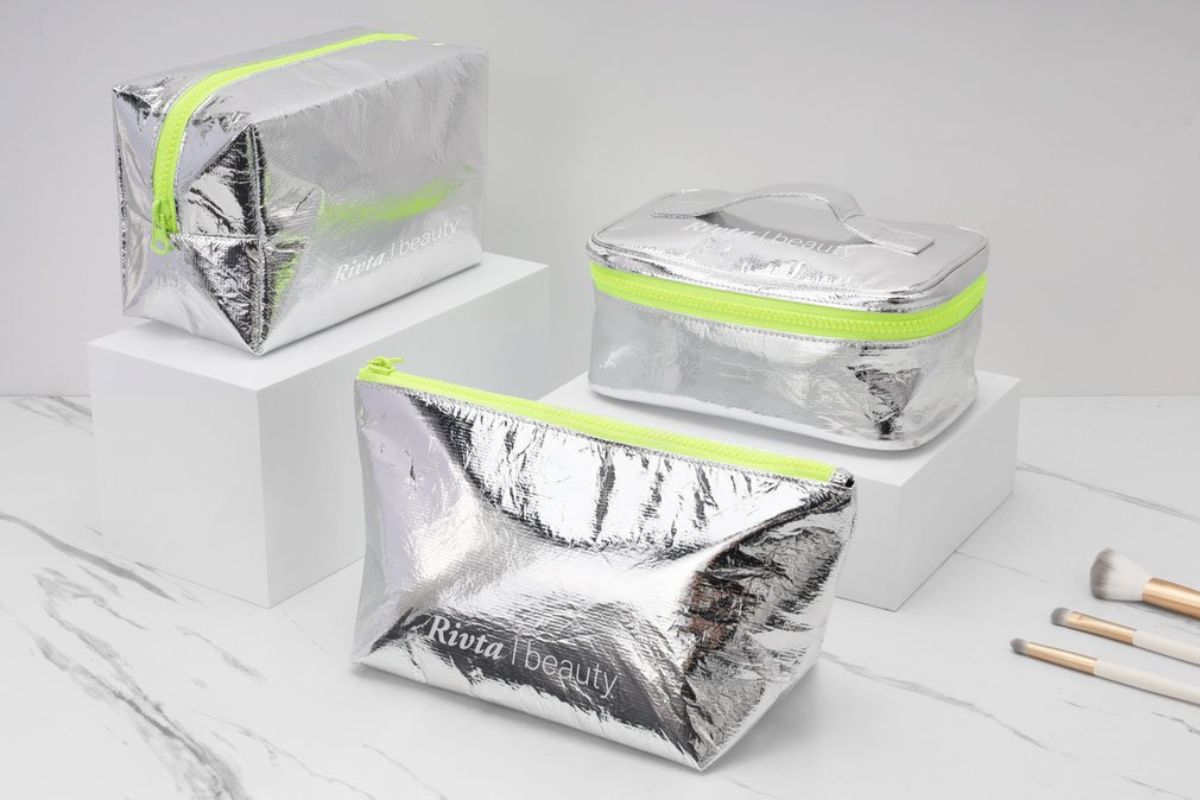Key Factors to Consider When Sourcing Tote Bags from China
When it comes to promotional merchandise, retail accessories, or eco-friendly giveaways, tote bags remain one of the hottest—and most versatile—products you can offer. Yet sourcing them from China, the world’s manufacturing powerhouse, involves far more than simply clicking “Buy Now.” In this guide, we delve into every critical step—from finding trustworthy suppliers and vetting material quality, through negotiating MOQs and navigating complex logistics, to safeguarding your brand with ethical and legal safeguards. Follow these key factors to ensure you get high-quality, on-trend tote bags that delight your customers and align with your business goals.
- 1. Why China? The Scale, the Selection, and the Savings
- 2. Finding Reliable Suppliers
- 3. Ensuring Quality & Customization
- 4. Understanding MOQs & Pricing
- 5. Shipping & Logistics: Choosing the Right Terms
- 6. Ethical & Legal Considerations
- 7. Communication, Payment & Risk Mitigation
- 8. Market Trends & Innovations to Watch
- 9. Practical Tips for Success
1. Why China? The Scale, the Selection, and the Savings
China accounts for over 60% of global bag and luggage production, with regional clusters specializing in everything from basic canvas totes to high-end leather shoppers. This massive ecosystem delivers:
- Unmatched variety: Tens of thousands of factories produce cotton, canvas, jute, non-woven polypropylene, leather, and hybrid-material totes.
- Competitive pricing: Economies of scale keep unit costs low—especially when you order in volume.
- Rapid prototyping: Many suppliers can turn around custom samples in as little as 3–7 business days.
- Customization expertise: From screen printing and embroidery to metal logos and woven labels, Chinese manufacturers excel at branding.
However, with so many players vying for your order, separating serious, quality-driven suppliers from cut-rate operators is vital. The next section outlines exactly where and how to locate the best partners.
2. Finding Reliable Suppliers
2.1 Key Manufacturing Hubs
1. Baigou, Hebei Province

b. MOQs: Typically run 100–500 pieces; best for standard canvas and nylon totes.
c. Pros: Tight cluster means competitive pricing and many factory tours.
d. Cons: Quality can vary dramatically—always verify with on-site visits or third-party inspections.
2. Yiwu, Zhejiang Province
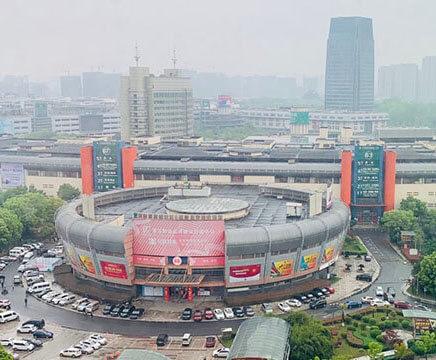
b. MOQs: As low as 10–50 pieces; ideal for start-ups or test runs.
c. Pros: Huge variety; many shops will print your logo on the spot for small runs.
d. Cons: Limited English; consider hiring a local sourcing agent to navigate and negotiate.
3. Guangzhou & Shiling Town, Guangdong Province
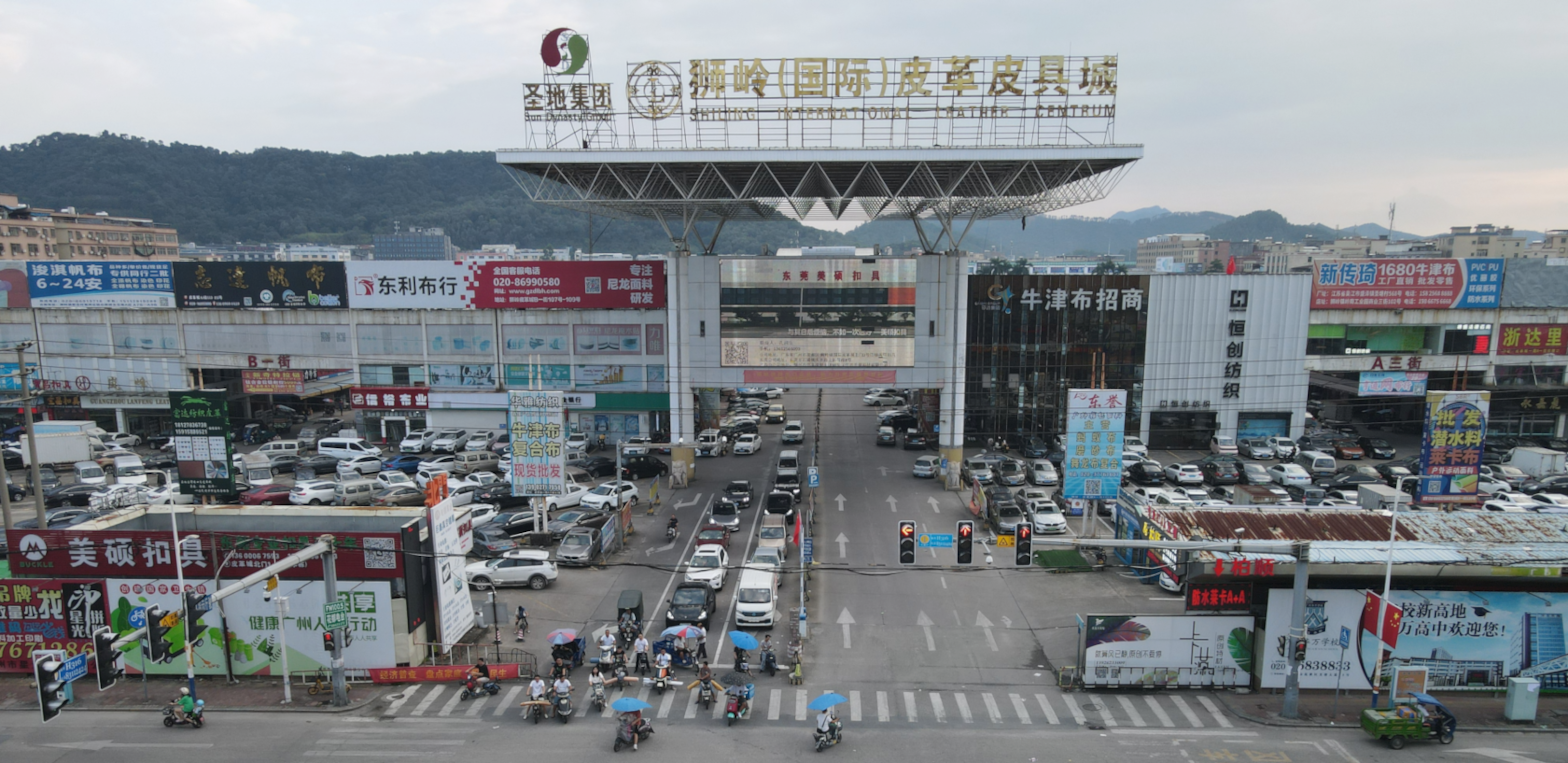
b. Suitable for: Premium, fashion-forward tote lines.
c. Pros: High craftsmanship and access to Hong Kong’s logistics infrastructure.
d. Cons: Higher price points; MOQs often 200+ units.
4. Pinghu City & Cangnan County, Zhejiang Province

b. Cangnan: Canvas and cosmetic-style bag specialists, with growth in eco-friendly materials.
c. Pros: Well-organized industrial parks; many factories have standard quality-control systems.
d. Cons: Smaller clusters may lack the breadth of customization options.
2.2 Online Discovery Channels
- Pros: Largest global B2B marketplace; built-in Trade Assurance; supplier verification badges.
- Cons: Prices can include platform and agent fees (10–20% markup).
- Pros: Direct connection to factories; rock-bottom pricing.
- Cons: Chinese-language platform; requires translation tools or a third-party buying agent.
AliExpress & DHgate
- Pros: Low-volume orders, drop-shipping options, instant purchase.
- Cons: Limited customization; mostly off-the-shelf designs.
Made-in-China.com & GlobalSources.com
- Pros: Stricter vetting; fewer spam listings; often audited suppliers.
- Cons: Smaller supplier pool.
2.3 Trade Fairs & Agents
- China Import & Export Fair (Canton Fair): Held biannually in Guangzhou; showcases thousands of bag manufacturers.
- China Sourcing Fairs (Yiwu, Shanghai): Niche events focusing on bags, textiles, and accessories.
- Virtual Factory Tours: Many suppliers now offer 360° video walkthroughs, sample QC livestreams, and virtual meetings.
- Sourcing Agents: MindenSourcing, Jingsourcing, LeelineSourcing: they handle supplier vetting, negotiation, on-site QC, and freight forwarding for a 3–8% service fee.
3. Ensuring Quality & Customization
3.1 Why Samples Are Non-Negotiable
- Material Verification
- Check fabric weight (e.g., 8 oz vs. 12 oz canvas), weave density, coating (water-resistant treatments).
- Construction & Durability
- Inspect seam allowance, stitch density (stitches per inch), strap reinforcement, and top-stitch consistency.
- Hardware & Accessories
- Test zipper smoothness (metal vs. plastic coil), button snaps, rivets, and D-rings for strength.
- Functional Testing
- Load test: fill sample with industry-standard weight (e.g., 10 kg) for 24 hrs.
- Wearability: simulate carrying over shoulder and hand for 1,000 cycles.
Neglecting samples can mean committing to thousands of units that fail on arrival.
3.2 Customization Best Practices
1. Branding Methods
- Screen Printing: Cost-effective for bold, flat-color logos; MOQ often 200–500 pcs per color.
- Heat Transfer / Sublimation: Ideal for photorealistic designs on polyester.
- Embroidery: Premium look; higher setup cost, min. 300–400 units.
- Metal/Silicone Labels: Adds luxury feel; negotiate tooling fees (US$100–200) that amortize over large runs.
2. Advanced Features
- Laminated or Waterproof Coatings: For beach or medical use.
- Inner Pockets, Zippered Compartments, or RFID Shielding: For travel totes.
- Reinforced Bases: Insert board or metal feet to protect bag bottom.
3. Lead Times & Turnarounds
- Prototype: 3–7 days.
- Production: 15–30 days depending on order size, complexity, and factory calendar (e.g., Chinese New Year).
- Rush Services: Some factories offer expedited production at 10–20% surcharge.
4. Understanding MOQs & Pricing
4.1 Breaking Down Costs
| Cost Component | What's Included | Typical Range |
|---|---|---|
| Unit Price | Materials, labor, overhead | US$0.50–5.00 per bag |
| Setup/Tooling Fees | Embroidery digitizing, metal mold tooling | US$50–200 one-time |
| Sampling Fees | Sample production and shipping | US$20–100 per sample |
| Inspection & QC | Third-party audit, photo/video report | 1–2% of order value |
| Shipping & Duties | Freight (sea/air), customs, VAT, broker | 5–15% of CIF value |
4.2 Negotiating MOQs & Discounts
- Tiered Pricing: Secure lower unit costs by committing to higher volume breaks—e.g., US$2.50 at 1,000 pcs vs. US$2.10 at 3,000 pcs.
- MOQ Flexibility: Some suppliers will waive MOQs or accept mixed orders of different colors/designs if you pay a slight premium (5–10%).
- Bundling Orders: If you need multiple SKUs (e.g., different colors or features), negotiate an aggregate MOQ across the styles.
5. Shipping & Logistics: Choosing the Right Terms
5.1 Common Incoterms
- EXW (Ex Works): Lowest supplier responsibility; you manage pick-up, export clearance, and freight.
- FOB (Free On Board): Supplier delivers goods on board at the named port; you handle ocean freight and import clearance.
- CIF (Cost, Insurance & Freight): Supplier covers shipping and minimum insurance to destination port; importer clears customs.
- DDP (Delivered Duty Paid): Supplier handles everything through final delivery—great for first-timers but with higher landed cost.
5.2 Freight Options Explained
| Method | Transit Time | Cost Efficiency | Best For |
|---|---|---|---|
| LCL (Sea Freight) | 25–40 days | Pay only for your volume (<14 m³) | Small to medium bulk orders |
| FCL (Sea Freight) | 25–40 days | Most cost-effective per cubic meter | Large orders (>14 m³) |
| Air Freight | 5–10 days | 3–5x sea-freight per kg | Urgent restocks or lightweight |
| Rail Freight | 12–25 days (Asia-Europe) | Cheaper than air, faster than sea | High-value, time-sensitive goods |
5.3 Working with Forwarders
- Choose forwarders experienced in foreign trade lanes (e.g., DHL Global Forwarding, DB Schenker).
- Negotiate consolidated LCL shipments if you have multiple small orders.
- Ensure all documentation—Commercial Invoice, Packing List, Bill of Lading, Certificate of Origin—is prepared correctly to avoid delays.
6. Ethical & Legal Considerations
6.1 Sustainability & Certifications
- Eco-friendly Materials: Recycled cotton, organic hemp, bamboo fiber.
- Certifications to Request:
- GOTS (Global Organic Textile Standard): For organic fibers.
- OEKO-Tex Standard 100: For harmful substance testing.
- FSC labels: For paper or wood-based tags.
- Supplier Audits: Leverage third-party auditors (e.g., SGS, Bureau Veritas) to verify water usage, chemical handling, and waste management.
Rivta
Diverse environmentally friendly materials—such as recycled plastics, organic cotton, and bamboo—set Rivta apart, offering eco-conscious options for cosmetic bags, jewelry boxes, and toiletry bags. This variety showcases their commitment to sustainability and creativity. As an industry leader, Rivta delivers top-quality, functional, and stylish packaging solutions, earning trust through certifications and partnerships. Visit Rivta to see how Rivta’s expertise can elevate your brand with sustainable, standout products.
6.2 Labor & Social Compliance
- Ensure factories comply with ILO conventions on working hours, minimum wage, and safe conditions.
- Look for social compliance audits like SMETA or BSCI reports.
6.3 Protecting Your Intellectual Property
- Avoid “Replica” Merchandise: High legal and reputational risk.
- IP Clauses in Contracts: Define design ownership, confidentiality, and non-compete terms.
- Local Trademark Registration: Consider registering your logo in China and major import markets to enforce rights.
6.4 Environmental Protection
In 2025, environmental protection has emerged as the foremost factor shaping procurement decisions across every industry—and tote bags are no exception. Beyond simply choosing eco-friendly materials, buyers must evaluate the entire lifecycle impact of their products:
- Material Sourcing: Opt for recycled or upcycled fabrics—such as post-consumer recycled cotton, PET made from recycled plastic bottles, or innovative plant-based textiles like pineapple leaf fiber (Piñatex) and banana bark. Prioritize suppliers who publish full material traceability, so you can verify that raw inputs aren’t contributing to deforestation, water pollution, or excessive pesticide use.
- Carbon Footprint & Energy Use: Ask factories to share their energy-use data and carbon-emissions profiles. Some are now powered in part by on-site solar or biogas systems, reducing the cradle-to-gate footprint. Comparing supplier energy certifications (e.g., ISO 50001) can help you choose partners committed to continuous improvement.
- Water & Chemical Management: Textile dyeing and finishing are water-intensive. Seek suppliers using closed-loop dye systems, low-impact fiber-reactive dyes, or waterless dyeing technologies to minimize effluent. Look for third-party wastewater audit reports or certifications like ZDHC (Zero Discharge of Hazardous Chemicals).
- End-of-Life Considerations: Design for disassembly—using mono-material construction or detachable components—so bags can be easily recycled or composted. Request clear guidance on how your customers can recycle or upcycle the tote at end of life, closing the loop and reinforcing your brand’s green credentials.
7. Communication, Payment & Risk Mitigation
7.1 Effective Communication
- Language Tools: Use Google Translate or WeChat built-in translation.
- Regular Updates: Request weekly production photos, pre-shipment QC videos, and progress reports.
- Dedicated Point of Contact: Establish a clear chain of communication—name, position, and working hours.
7.2 Secure Payment Methods
| Method | Pros | Cons |
|---|---|---|
| T/T (Telegraphic Transfer) | Widely accepted; flexible amounts | 30% deposit common; some risk before goods shipped |
| Letter of Credit (L/C) | Bank-guaranteed; lowers fraud risk | Bank fees; more paperwork |
| Escrow / Trade Assurance | Funds held until shipment confirmation | Platform fees; limited to order size |
- Staged Payments: 30% deposit, 60% before shipping, 10% after inspection.
- Escrow Services: Alibaba Trade Assurance, PayPal for small orders.
8. Market Trends & Innovations to Watch
- Personalization: RFID-enabled totes for event check-ins; QR codes woven into straps for interactive marketing.
- Smart Materials: Temperature-sensitive inks, antimicrobial coatings (especially post-pandemic).
- Sustainability Push: Biodegradable non-woven fabrics, natural dyes, zero-waste cutting processes.
- Omnichannel Retail Integration: Totes designed with scannable tags to integrate into digital loyalty programs.
9. Practical Tips for Success
- Pilot Runs First: Validate quality, lead times, and logistics with a small batch (50–200 pcs) before scaling up.
- Maintain Long-Term Partnerships: Repeat orders earn you priority scheduling, better pricing, and flexibility on MOQs.
- Document Everything: Contracts, quality specs, test protocols, and IP agreements—all in writing.
- Leverage Technology: Use platforms like IncoDocs for digital documentation and ShipBob for fulfillment analytics.
- Stay Ahead of Seasonality: Plan orders 3–6 months before key sales windows (e.g., Christmas, back-to-school, trade shows).
Sourcing tote bags from China can be a game-changer—offering scale, cost efficiency, and extensive customization—but only when approached strategically. By meticulously researching suppliers, rigorously vetting samples, understanding costs and shipping terms, and embedding ethical and legal safeguards, you’ll not only protect your brand but also delight your customers with on-trend, quality products. Start small, build strong relationships, and continuously refine your process.
Ready to take the next step? Share your experiences or questions below, and let’s build a community of savvy tote-bag purchasers!
